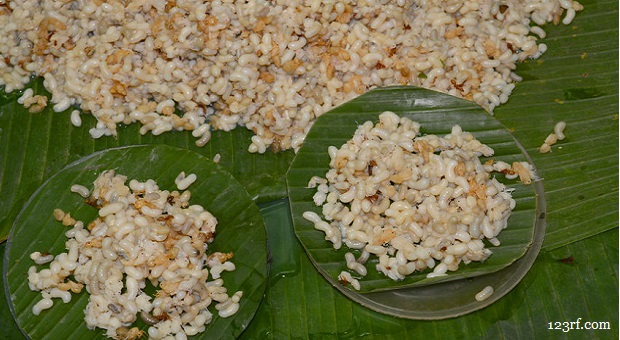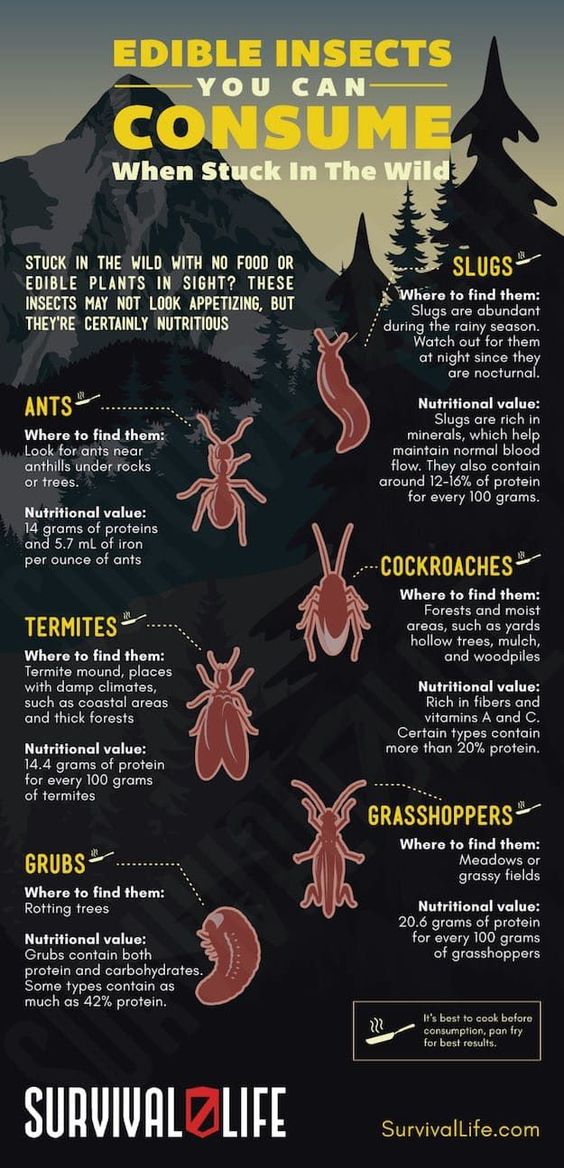Let’s begin today’s article with the sad story of Christopher McCandless, the quintessential hipster whose decomposed body was found by moose hunters 25 years ago on September 6, 1992 in the close vicinity of Denali National Park.
This guy who became famous after a movie was made based on his diary has died of starvation inside a rusty bus that was used as an improvised shelter (prior to him) by dog mushers, trappers, and various other outdoors enthusiasts.
A note was found which reads:
“I NEED YOUR HELP. I AM INJURED, NEAR DEATH, AND TOO WEAK TO HIKE OUT OF HERE. I AM ALL ALONE, THIS IS NO JOKE. IN THE NAME OF GOD, PLEASE REMAIN TO SAVE ME. I AM OUT COLLECTING BERRIES CLOSE BY AND SHALL RETURN THIS EVENING. THANK YOU,”
CHRIS McCANDLESS
Obviously, eating a diet based on berries and unicorn tears in an outdoors survival scenario is not the best idea in the world, as Christopher McCandless discovered the hard way. This guy died a horrible death by starvation, because of his naive and idealistic view of the world.
The thing is, Christopher McCandless died of starvation in an area that was bursting with wildlife, but due to a lack of skills and imagination, he chose to try to live (if you can call it living) on an ascetic diet.
An autopsy determined that at the time of his death, he weighed a mere 67 pounds and he had almost zero body fat. It has been speculated that he might have poisoned himself by eating wild potato seeds.
However, the lesson to be taken home is that one can’t rely on weeds and seeds for survival in an outdoors SHTF situation.
3 Second SEAL Test Will Tell You If You’ll Survive A SHTF Situation
I mean, okay, eating the inner tree bark, pine cone nuts, acorns, pine needles, leaves, weeds, and other plant-based foods may keep you alive for a while, but in the long run, you’ll get exhausted and maybe even poisoned if you don’t know what you’re eating. Our bodies are not designed to function properly with that stuff (we can’t digest cellulose, for example).
Not to mention that staying healthy and powerful on a raw-vegan elf/squirrel-based diet is nearly impossible because your body needs more protein than you can gather from pine nuts, if for no other reason than you burn more energy extracting them than you gain from eating them.
Even if, theoretically speaking, most people can live for weeks in a row without food, you’ll not be able to do anything of value while starving. And most people are totally clueless when it comes to what to eat when there’s no McDonalds nor a 7-Eleven around. In a survival situation, you’ll require all of your strength and stamina to stay alive. As a friend of mine nicely put it, can you fight a bear while on a grass diet? Forget about it, right?
When it comes to survival eating, one must pay attention to details, especially if you’re an outdoor enthusiast. Don’t get me wrong; I am not downplaying the importance of plants and veggies, but eating grass and berries is not enough.
A true survivalist should master the skill of correctly identifying edible plants in the wilderness. In a survival situation, you don’t want to take any chances such as eating a mushroom or a plant that may poison you.
What to Eat Then?
With only a few exceptions, one may eat anything that swims, flies, walks or crawls the Earth. People confronted with the dire straits of starvation have resorted even to cannibalism, not to mention eating leaves and bugs for nourishment. A survivor must go past his or her personal bias and eat what is available to stay alive.
Plants
When it comes to eating wild plants and fruit, the first lesson to absorb is how to stay away from poisonous stuff. The first rule of wilderness survival eating is to stay away from what you don’t know. If there’s any doubt, don’t eat it. If you’re not the “botanical dude/dudette” type (you don’t have a mental list of wild edibles), the general rule of thumb is to stay away from plants with:
- fine hair
- spines
- milky sap
- thorns
- seeds inside pods
- beans and bulbs with a bitter/soapy taste (read alkaloids)
- grain heads with purple, pink or black spurs
- plants with 3-leaved pattern.
Obviously, you can learn a lot about edible plants, but you’ll have to go study the phenomenon thoroughly. And speaking of edible plants, there is one plant that may keep you alive indefinitely, and I am talking about cattails.
Check out this article for further reference. Cattails are an awesome survival food and they’re easy to find, as they grow spontaneously near ponds, lakes and rivers.
Bugs
Though it’s off-putting to think about, when discussing a balanced survival diet, insects are an excellent source of protein and they also contain some of the most important nutrients required by your body, (besides protein): fat and minerals.
Edible bugs are an awesome survival food, provided you can get past your preconceptions. Regarding commonly found edible insects in North America, here are a few:
- grasshoppers
- crickets
- locusts
- caterpillars (including when in larvae stage/moth)
- ants
- June bugs
- termites
- mealworms
- centipedes
Stay away from brightly colored insects, as they may be poisonous. Generally speaking, insects will provide you with 65% to 80% protein. Compare that to beef’s puny 20% protein, and you’ll see why insects are recommended by many survivalists. Insects can be consumed raw or in a stew. Or, you can mix them with edible plants.
Other Creatures
However, when it comes to putting meat on the table, the name of the game is fishing, trapping, and of course hunting. Having the skills to set traps, snares, and nets will keep you alive and kicking for a long time in any survival scenario imaginable.
It’s important to realize one simple thing: if you don’t have the tools for hunting large game, you should focus on smaller animals. They’re easier to catch and also they’re abundant. And speaking of small game, fish is an excellent source of fat and protein, and basically all North American fish are edible.
The same goes for amphibians (read frogs, check out this piece) and most of the reptiles. You can DIY nets, fishhooks, and traps for catching fish in a survival scenario.
Field-expedient methods include using wire, needles, and pins (any piece of metal actually) for making fishhooks. Alternatively, you may use coconut shell, bone, plant-thorns or seashells. Another method for catching fish is to use fish traps and gill nets. Finally, there’s spearfishing, but you would require Rambo-like skills for that.
Next, all species of birds are edible (including bird eggs), but if you plan to capture birds, you’ll have to master the art of trapping, snaring, or laying bird traps. In a survival scenario, trapping is the most feasible method to maintain a steady supply of fish and other fresh meat on the table, provided you know the rules of engagement, meaning you are educated on the lifestyles and habits of the animals you’re hunting.
Snares, pitfalls, and deadfalls are among the best known and easiest to improvise traps. Check out this article for further reference.
Another method for hunting small game would be to use a slingshot or a bow and arrow, but you’d require advanced skills in order to use them in a comprehensive way, i.e. you’ll have to practice long and hard with a bow and arrow or slingshot before being able to put meat on the table.
Obviously, if you’d ask me, I’d never go out in the middle of nowhere without my .22 rifle and copious amounts of ammo.
Now, it’s your turn to share your survival food tips with others in the dedicated comment-section below.
This article has been written by Chris Black for Survivopedia.











Bill in Idaho | September 20, 2017
|
Hello, Chris B. Great Article – Very Well thought out and Very Well Written. I have over 70 years of experience in the wild, and I Learned some new things. Keep up the Good Work ! ! Bill
Pingback:Survival Foods: Can You Live On Just One? | Survivopedia | November 15, 2017
|